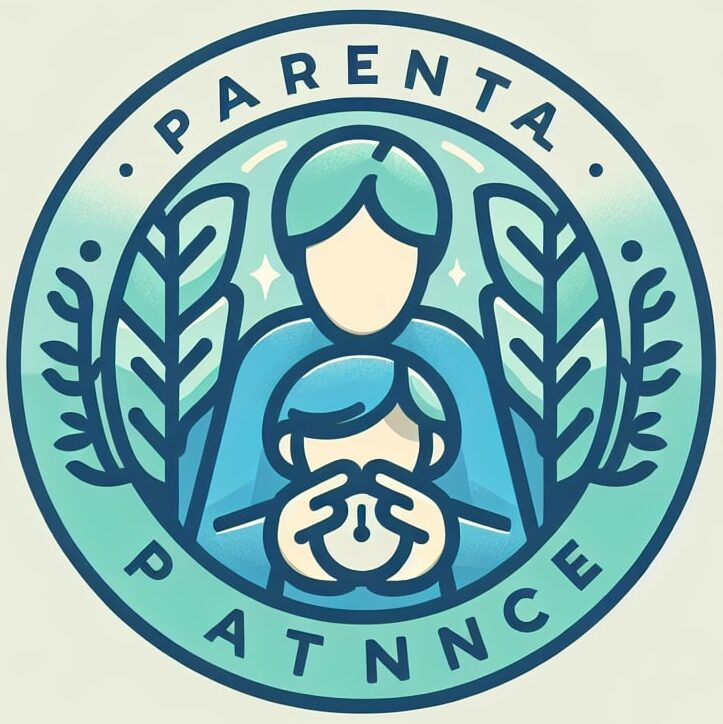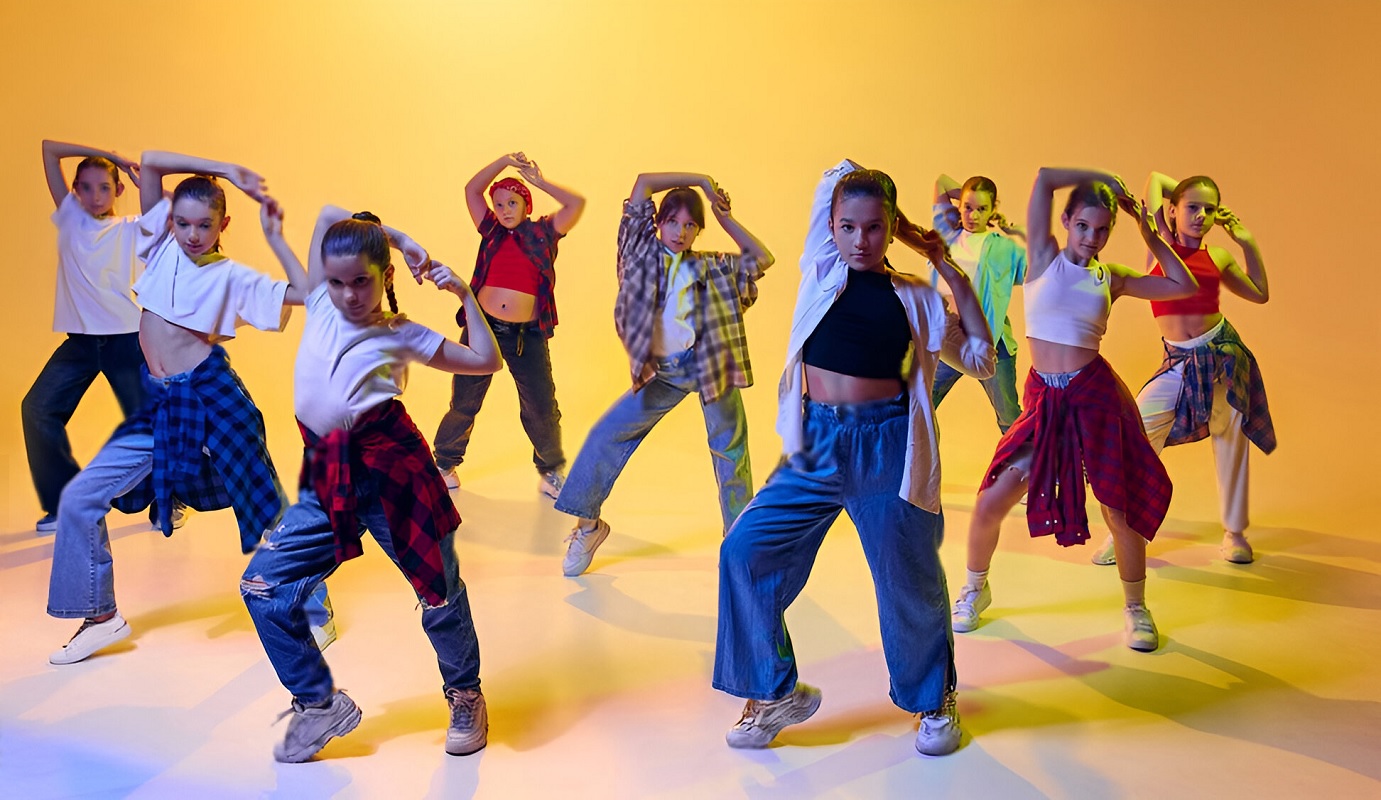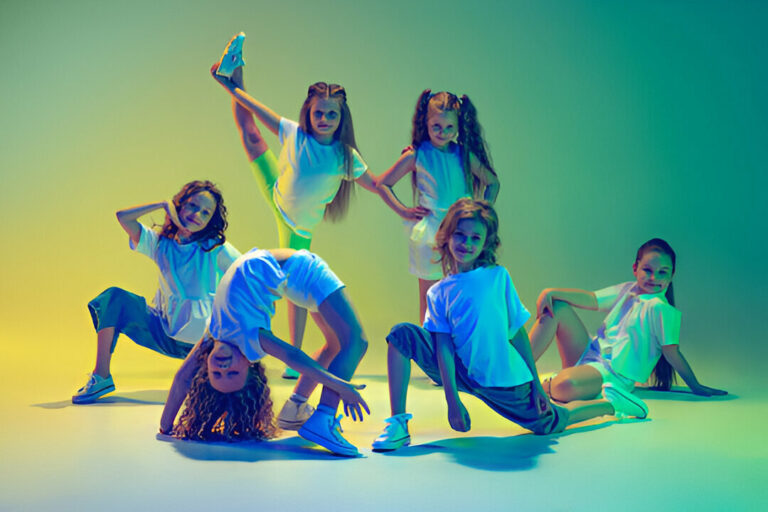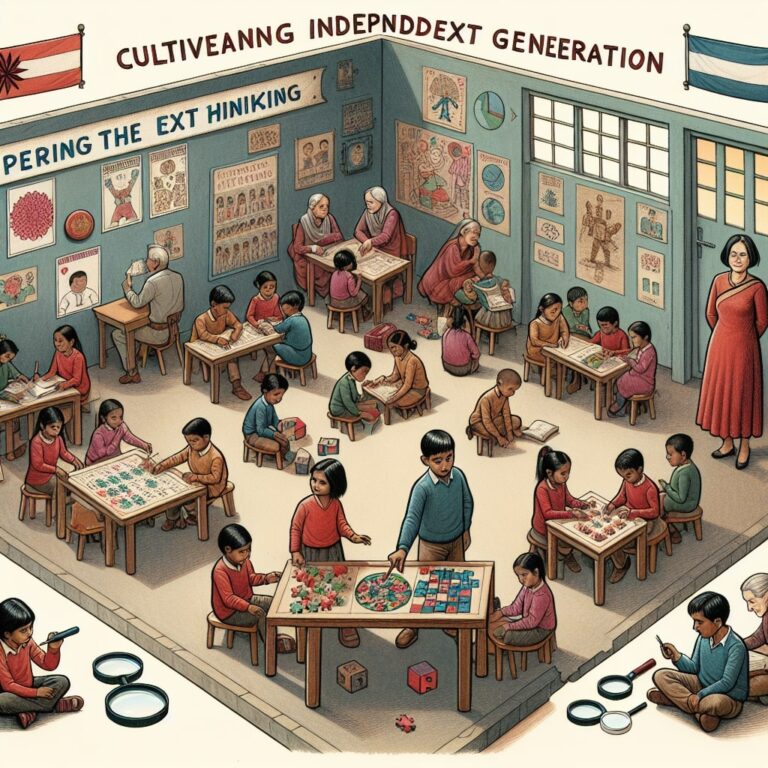Laying the Foundation: Early Training for Future Champions
At the heart of every accomplished dancer lies a disciplined beginning. We believe that strong fundamentals in ballet, jazz, and contemporary styles provide the essential base for all aspiring performers. Young dancers should start with a structured curriculum that emphasizes body alignment, musicality, and flexibility. By immersing students in a diverse range of techniques early on, we prepare them for the high demands of competitive dance training.
A rigorous foundation also fosters mental toughness. Students are introduced to performance etiquette, the art of critique, and the self-discipline necessary for consistent growth. These core values become the building blocks of a competitive mindset, where perseverance meets performance.
Key Takeaways:
- Strong foundational training in ballet, jazz, and contemporary is crucial for long-term competitive dance success.
- Technical precision and genre-specific coaching help dancers stand out in high-level competitions.
- Custom choreography enhances performance impact by aligning movement with storytelling and personal strengths.
- Physical and mental conditioning are equally important to ensure peak performance and resilience under pressure.
- Support systems, including family, mentors, and peers, play a vital role in a dancer’s competitive journey.
Technical Precision: The Language of Competitive Dance
In elite dance competitions, judges prioritize technical clarity. Our training programs focus intensively on mastering precise movements—turnout, extension, turnout control, clean landings, and fluid transitions. Dancers engage in daily technical drills, from floor barre to pirouette-focused conditioning. We implement video review sessions to analyze frame-by-frame execution, helping students see and correct minute technical errors.
Each genre demands a tailored approach. Lyrical routines require emotional fluidity and control, while tap routines demand rhythmic precision. We match these genre-specific needs with individualized lesson plans that maximize growth potential.
Choreography Development: More Than Just Steps
Competitive choreography must tell a story. We collaborate with renowned choreographers who craft bespoke routines that challenge dancers physically while engaging judges emotionally. Every movement is designed to amplify the dancer’s strength and to bring depth to the music’s narrative.
Our approach is collaborative. Dancers are encouraged to contribute to the choreography process, instilling ownership and deeper understanding of their roles. This not only enhances creativity but also sharpens their interpretative skills—making each performance a personal statement.
Conditioning for Peak Performance
To compete at the highest level, dancers must train like athletes. We integrate a structured conditioning program that includes:
- Strength training for core stability and muscle endurance
- Cardiovascular conditioning to support long routines
- Stretching protocols to prevent injuries and improve range of motion
- Pilates and yoga to enhance balance and control
These regimens are monitored and adjusted based on individual assessments, ensuring that each dancer performs at their optimal physical capacity without risking overtraining.
Mental Toughness: Winning Beyond the Stage
Mental resilience is as critical as physical readiness. Competitive environments can trigger performance anxiety, self-doubt, and emotional stress. Our training includes guided sessions on mindfulness, visualization techniques, and pre-performance rituals to foster mental fortitude.
Workshops with sports psychologists and retired dancers help students build confidence, embrace constructive criticism, and recover from setbacks. This psychological edge often makes the difference in high-stakes competitions.
Building a Supportive Dance Community
We cultivate a culture of encouragement, respect, and mutual growth. Our dance families, instructors, and alumni form a tightly-knit community that empowers every dancer. Group classes focus on teamwork, synchronization, and mutual feedback. Peer mentorship programs allow younger dancers to learn from older, more experienced competitors.
This ecosystem of shared purpose strengthens every performer’s motivation and sense of belonging—key ingredients in the journey to the top.
Competitions as Learning Arenas
Every competition is an opportunity to grow. We coach our dancers to approach competitions as a blend of performance and education. Pre-competition rehearsals simulate live-stage conditions, including lighting, costuming, and timing.
After each event, we conduct feedback-driven workshops that assess scoring breakdowns, judge notes, and personal performance reflections. These reviews transform wins and losses alike into actionable insights for improvement.
Transitioning from Studio to Stage
The transition from rehearsals to live performances demands focus, adaptability, and stage presence. We prepare dancers through mock performances, stage blocking exercises, and dress rehearsals under performance-level scrutiny. Backstage logistics, quick changes, and audience engagement are all rehearsed in advance.
Lighting design, spatial awareness, and projection techniques are integrated into our training, ensuring each dancer captivates from the moment the music begins.
Parental Partnership in Competitive Dance Training
Parents are critical allies in the dancer’s journey. We provide transparent communication channels, regular progress reports, and family-oriented seminars on nutrition, rest, and scheduling. By educating parents, we ensure they can offer informed support—whether through managing downtime or navigating competition logistics.
Their presence in the audience and support at home form a vital foundation for dancer confidence and emotional well-being.
Lifelong Skills Gained Through Competitive Dance
The journey through competitive dance transcends the stage. Time management, goal-setting, grace under pressure, and interpersonal skills are ingrained through years of structured training. Many dancers go on to excel not only in professional performance careers but also in fields like medicine, education, and business, where discipline and focus are indispensable.
Our alumni often credit their competitive dance training with shaping their identities, both personally and professionally.
Our comprehensive competitive dance training program blends precision, artistry, strength, and emotional intelligence. We guide dancers from foundational steps to national stages, crafting not just performers, but leaders. With the right mix of technique, mentorship, and heart, we build champions who thrive both in the spotlight and beyond.
At what age should a dancer begin competitive dance training?
While some start as young as 5–7 years old, it’s most effective when a dancer has a strong foundation in technique and demonstrates readiness for disciplined training.
How often should competitive dancers train per week?
Most competitive dancers train between 10–20 hours per week, depending on age, level, and upcoming performances or competitions.
What should parents look for in a competitive dance program?
Look for a well-rounded curriculum, experienced faculty, personalized coaching, performance opportunities, and a supportive, structured environment.








